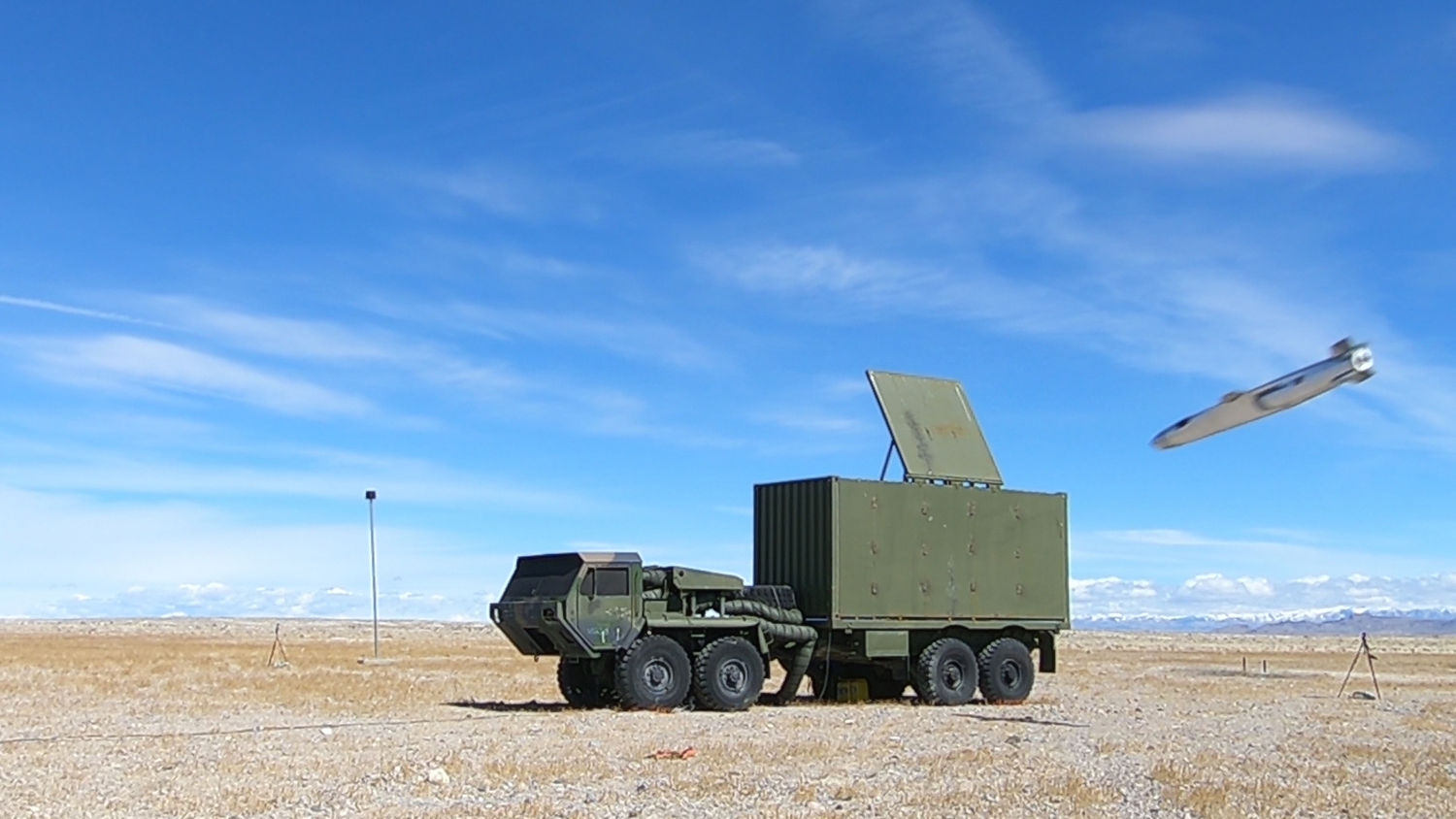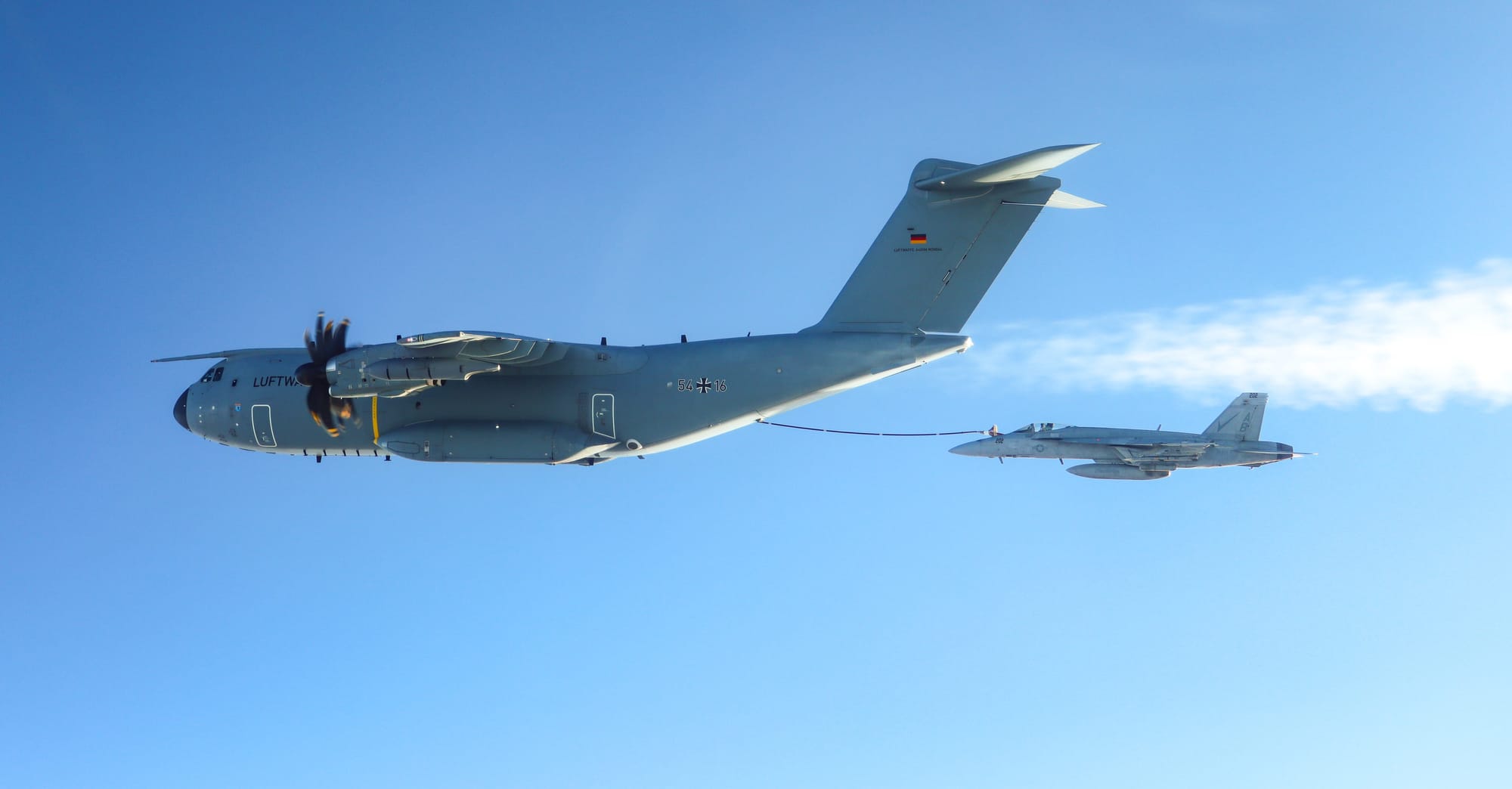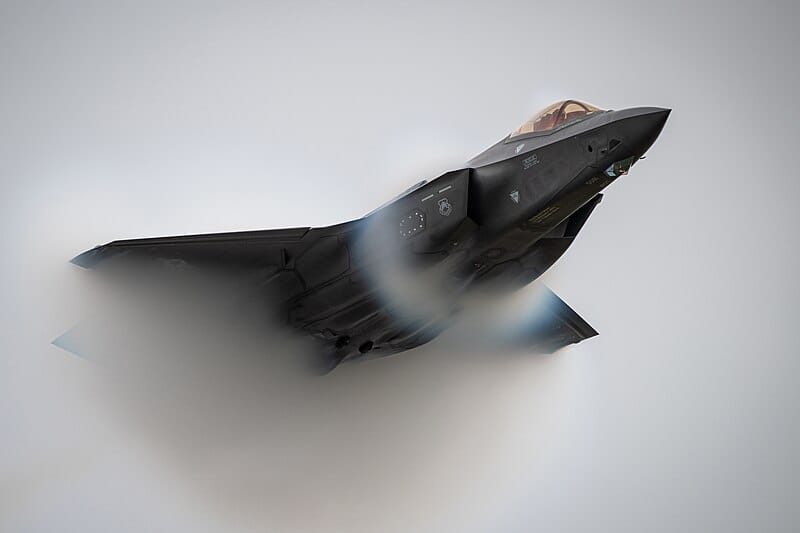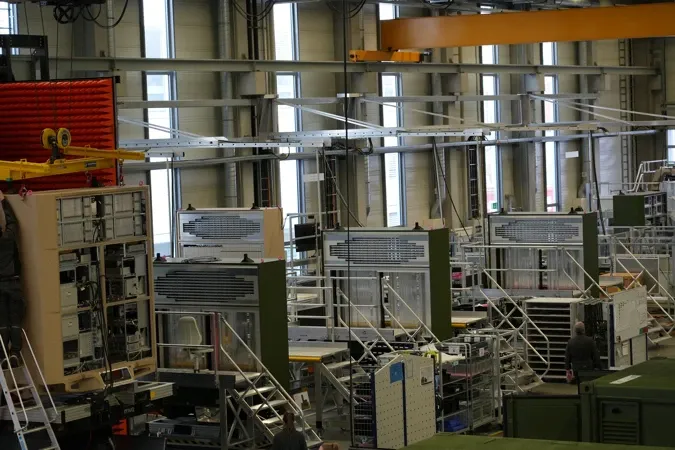German Air Force Modernization: JSM Missiles for F-35, DIRCM for A400M, and Sensor Fusion for Eurofighter
Germany accelerates Luftwaffe modernization with deep-strike cruise missiles for the F-35, DIRCM protection for the A400M, and sensor upgrades for the Eurofighter.

The German Bundestag has approved a new tranche of high-value airpower acquisitions, marking a decisive acceleration in the Luftwaffe’s transition from legacy Cold War constructs toward distributed, survivable, and strike-capable 5th-generation operations. On 4–5 June 2025, the Budget Committee authorized four major procurement tracks:
- Joint Strike Missiles (JSM) for the F-35A
- Directed Infrared Countermeasures (DIRCM) for the A400M
- Fleet-wide decoy systems across aircraft types
- Eurofighter sensor fusion and radar interface development
Together, these decisions deepen Germany’s departure from platform-centric defense logic and move toward a networked, contested-domain force posture aligned with NATO’s deterrence-by-denial doctrine.
Strike Doctrine Reinforced: JSM Acquisition for F-35A
Germany will jointly procure the Joint Strike Missile (JSM) with Norway at a total cost of €677 million, combining special fund allocations with the regular defense budget. The air-launched cruise missile significantly extends the Luftwaffe’s precision strike envelope, replacing Tornado-era deep-strike concepts with a low-observable, multi-axis engagement capability.
The JSM offers:
- Autonomous infrared target acquisition
- Terrain-following low-altitude flight
- Course-correction mid-flight navigation
- Maritime and land-attack versatility
It reorients Luftwaffe doctrine toward next-generation deterrence: with the Tornado’s nuclear sharing role sunsetting—having long served as Germany’s delivery platform for U.S. B61 gravity bombs—the F-35A-JSM pairing becomes the backbone of Germany’s dual-capable deterrent. At the same time, it enables joint air-ground operations, stand-off strikes, and NATO-integrated flexible response options.
Eurofighter Sensor Management: Sustaining Relevance in a 5th-Gen Battlespace
A €183 million NETMA development contract—with Germany contributing approximately €60 million—will fund a sensor fusion and radar interface modernization for the Eurofighter. The upgrade aims to reduce pilot cognitive load and enable partial autonomous management of onboard sensor arrays. While framed as a capability enhancement, the investment is strategically conservative: it is about retaining operational relevance, not leaping ahead.
Core upgrade objectives:
- Automated radar operator logic to enable full-spectrum sensor utilization
- Integrated sensor tasking for real-time airspace awareness
- Modular architecture to support future electronic warfare and data fusion enhancements
The operational necessity has already manifested. In Großwald Curated No. 19, NATO flagged ISR saturation and hybrid sabotage risks in the Baltic—undersea cable tampering and partial ISR denial along the Suwałki and Kaliningrad axes—as indicators of growing cross-domain contestation. In this environment, airborne platforms must increasingly generate their own threat picture.
Germany’s Eurofighter upgrade reflects this logic: it advances onboard sensor autonomy and radar-tasking fusion to ensure mission viability when networked ISR degrades—or is deliberately disrupted.
Strategic context:
Under the Division 2025 framework, internal Luftwaffe assessments identified two core vulnerabilities:
- Swing-role overstretch, as the Eurofighter is tasked with both QRA and strike missions across multiple theaters
- Fragmented cockpit systems, lacking automated battle management and unified sensor logic
Without integrated fusion tools, the aircraft remains vulnerable in the cognitive domain—before physical threats even emerge. The upgrade is therefore a doctrinal hedge: a transitional capability to bridge the Eurofighter into a battlespace soon to be defined by AI-enabled ISR, sensor-mesh logic, and autonomous teaming architectures.
DIRCM for A400M: Hardening Strategic Airlift for Contested Domains
On 5 June 2025, a €760 million contract was finalized for the serial integration of Directed Infrared Countermeasures (DIRCM) systems into the Luftwaffe’s A400M strategic airlift fleet. The DIRCM suite will provide real-time missile threat detection and laser-based jamming of incoming IR-guided munitions.
The DIRCM integration builds on a growing body of Luftwaffe operational testing that elevates the A400M from strategic hauler to contested-domain enabler. As reported by Großwald in March 2025, the aircraft’s Mixed Airdrop capability—validated at Scheuen DZ—demonstrates its ability to combine cargo and personnel drops in a single tactical sortie. These expanded mission profiles require hardened self-protection against MANPADS and IR-guided threats—especially in semi-permissive corridors where airlift survivability is no longer assumed.

The move also addresses long-standing concerns over the A400M’s vulnerability in degraded airspace—first exposed during the Afghanistan withdrawal and later reaffirmed in Großwald Curated No. 20, following documentation of hybrid interference along NATO resupply corridors in Eastern Europe.
DIRCM integration directly supports NATO's Resilient Logistics and Strategic Mobility initiative, enhancing the A400M’s role in both Article 5 operations and forward-positioned humanitarian response.
Decoy Systems Framework: Multi-Aircraft Integration
Germany will also enter a €282 million framework agreement to procure and deploy advanced expendable decoys (flares, radar reflectors) across multiple aircraft types. These countermeasures mask engine heat signatures and simulate radar echoes, redirecting threat munitions away from manned platforms.
Critically, this framework enables:
- Platform-agnostic integration across fighter, transport, and rotary aircraft
- Dynamic loadouts adjusted per mission profile
- Future alignment with EW doctrine and spectral deception layers
The decoy suite is an inexpensive but high-yield investment in airborne survivability at scale, especially as Russian and Iranian air defense exports proliferate across NATO’s near periphery.
Editorial Outlook: Toward a Post-Tornado Luftwaffe
This latest procurement cluster is not merely incremental—it represents a strategic inflection point:
- The Luftwaffe is being recalibrated to operate in degraded, high-threat environments.
- Legacy systems are being hardened or replaced to ensure interoperability within NATO’s 360° defense posture.
- Strike, lift, and survivability are no longer separate tracks—they are modular capabilities converging within a unified operational doctrine.
From the JSM’s deep-strike versatility to Eurofighter’s sensor upgrades, the procurement logic reflects not just rearmament, but a partial doctrinal pivot: Germany is moving—slowly, structurally—toward a 5th-generation force architecture capable of contested airspace operations, survivable logistics, and credible alliance reinforcement.
Related Reporting on grosswald.org:







